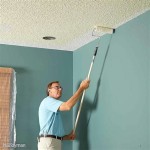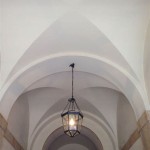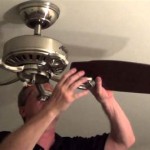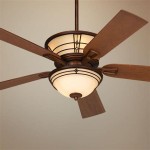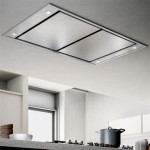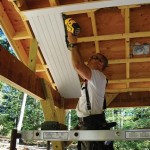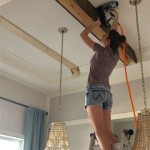What Can Be Used to Cover Popcorn Ceiling?
Popcorn ceilings, often referred to as acoustic ceilings, were a popular choice for homes built in the mid-20th century. Their textured surface was believed to improve sound absorption and create a more appealing visual effect. However, these ceilings have fallen out of favor in recent years, largely due to their outdated appearance and the presence of asbestos in some older popcorn ceilings. If you are considering covering your popcorn ceiling, there are several options available.
1. Drywall: A Classic and Versatile Solution
Drywall is a common and effective way to cover popcorn ceilings. It provides a smooth, flat surface that can be painted, wallpapered, or textured to create a modern and contemporary look. Here are some key points about using drywall to cover popcorn ceilings:
Preparation is crucial.
Before installing drywall, the old popcorn ceiling needs to be removed. This can be a messy and time-consuming process, especially if the popcorn ceiling contains asbestos. It is essential to take precautions and hire a professional if asbestos is suspected.-
Consider a professional for optimal results.
While DIY drywall installation is possible, it can be a challenging project. Hiring a professional ensures proper installation, minimizing the risk of cracks and other imperfections in the finished ceiling. -
A seamless finish.
Drywall offers a clean, even finish. This makes it a suitable option for creating a contemporary and sophisticated aesthetic in your home.
2. Plaster: A Durable and Elegant Option
Plaster provides a distinctive and elegant finish for ceilings. It creates a smooth, seamless surface that can be painted or textured to enhance the overall aesthetic of the room. Here are the pros and cons of using plaster:
-
Exceptional durability.
Plaster is known for its longevity and resistance to damage, making it a long-lasting solution for covering popcorn ceilings. -
Enhanced acoustics.
Plaster can improve the acoustics of a room by reducing noise reflection, making it a suitable choice for spaces where sound control is a priority. -
Requires professional expertise.
Applying plaster requires skilled craftsmanship. It is recommended to hire a professional plasterer to ensure proper installation and a high-quality finish.
3. Paintable Ceiling Texture: A Cost-Effective and Versatile Solution
If you want a textured look without the complex process of installing drywall or plaster, consider using a paintable ceiling texture. These products come in a variety of textures, allowing you to create a smooth, stippled, or even a faux-popcorn finish.
-
Easy application.
Paintable ceiling textures are typically easy to apply. Many are available in a spray-on formula, making the process less time-consuming than traditional methods. -
Cost-effective option.
Compared to drywall and plaster, paintable ceiling textures are a more cost-effective solution for covering popcorn ceilings. -
Limited coverage.
These textures are generally thinner than drywall or plaster, meaning they might not completely cover the popcorn texture, especially in areas with significant texture variation.
The best option for covering your popcorn ceiling depends on your budget, desired aesthetic, and the condition of your existing ceiling. Carefully consider the pros and cons of each option and consult with a professional if you have any doubts about the best solution for your home.

Cover Popcorn Ceilings Armstrong Residential

Decorative Ideas To Cover Popcorn Ceilings Artsy Rule

How To Cover Popcorn Ceiling 8 Creative Ways Making Maanita

How To Cover Popcorn Ceilings A Turtle S Life For Me

The Best Way To Cover Popcorn Ceilings With Beadboard Shoe Makes New

How To Cover Popcorn Ceiling 8 Creative Ways Making Maanita

How To Cover Up Those Popcorn Ceilings 2024 11 01 Walls

How To Cover Popcorn Ceiling Without Removing It Dallas Paints

How To Cover A Popcorn Ceiling With Shiplap Sprucing Up Mamahood

How To Plank A Popcorn Ceiling
Related Posts

